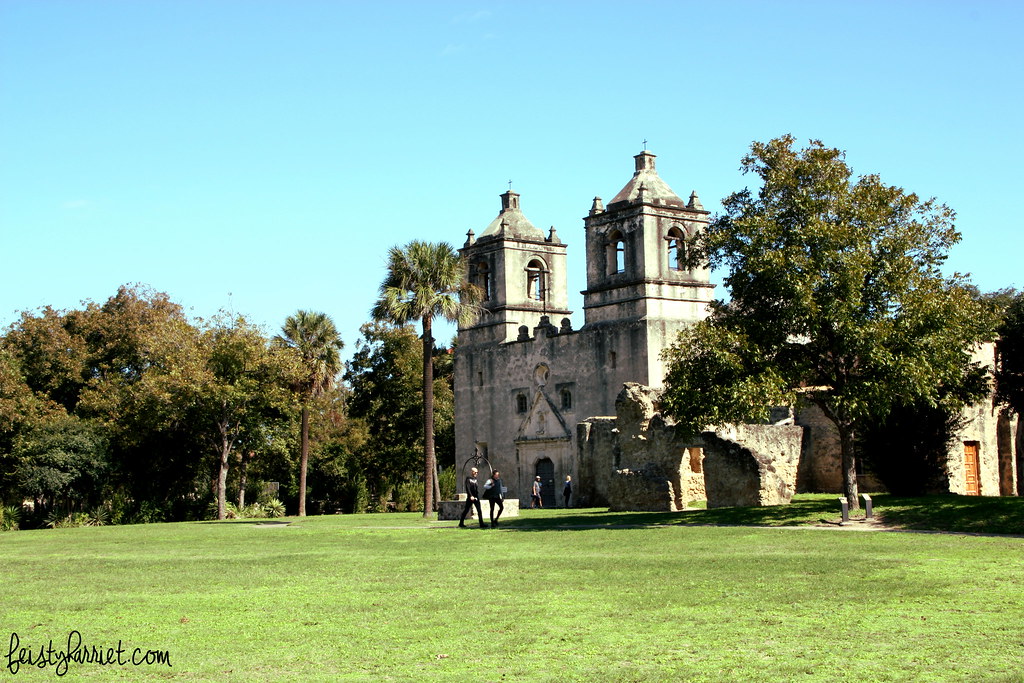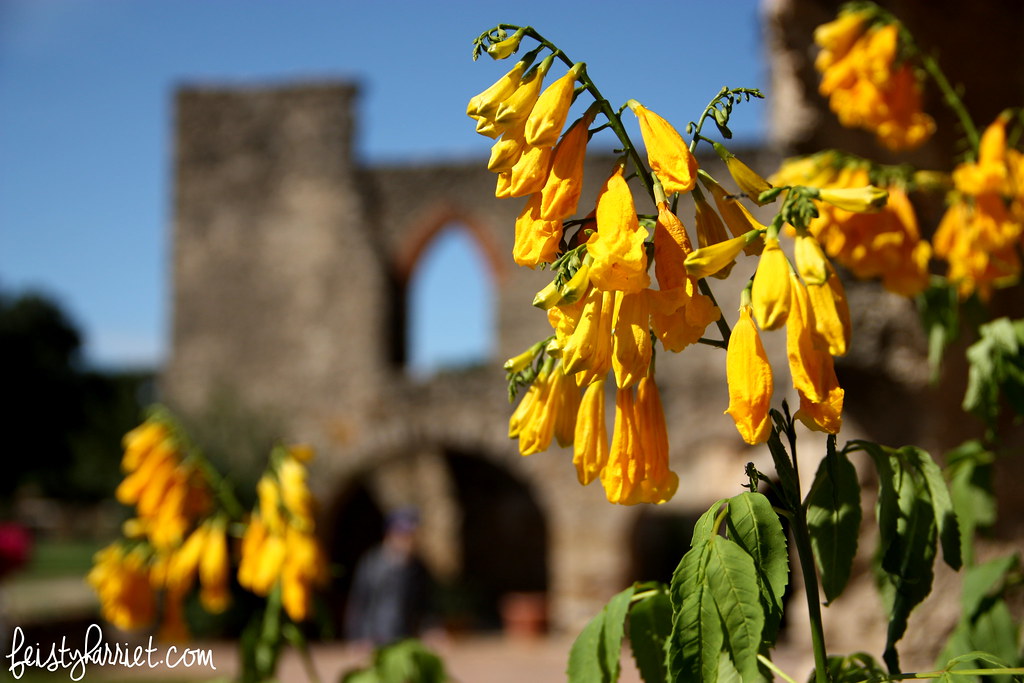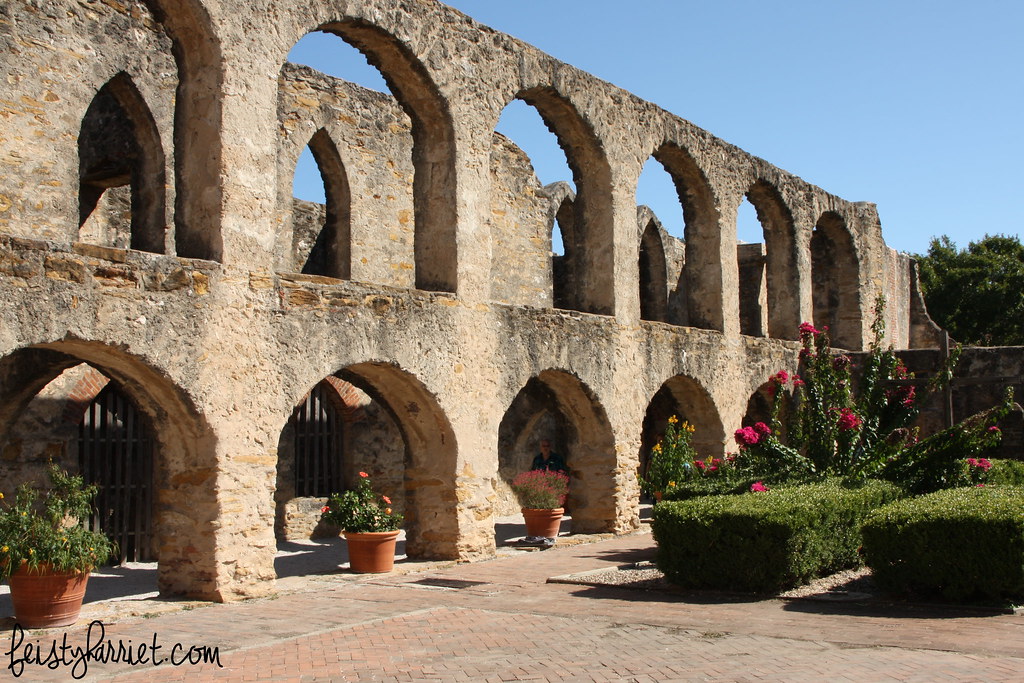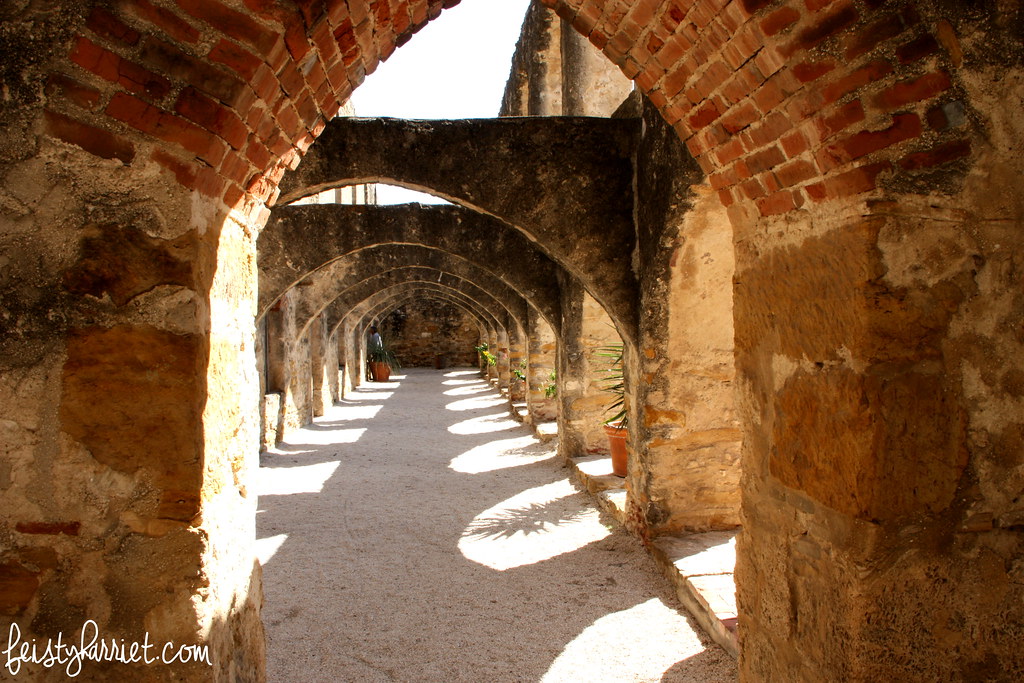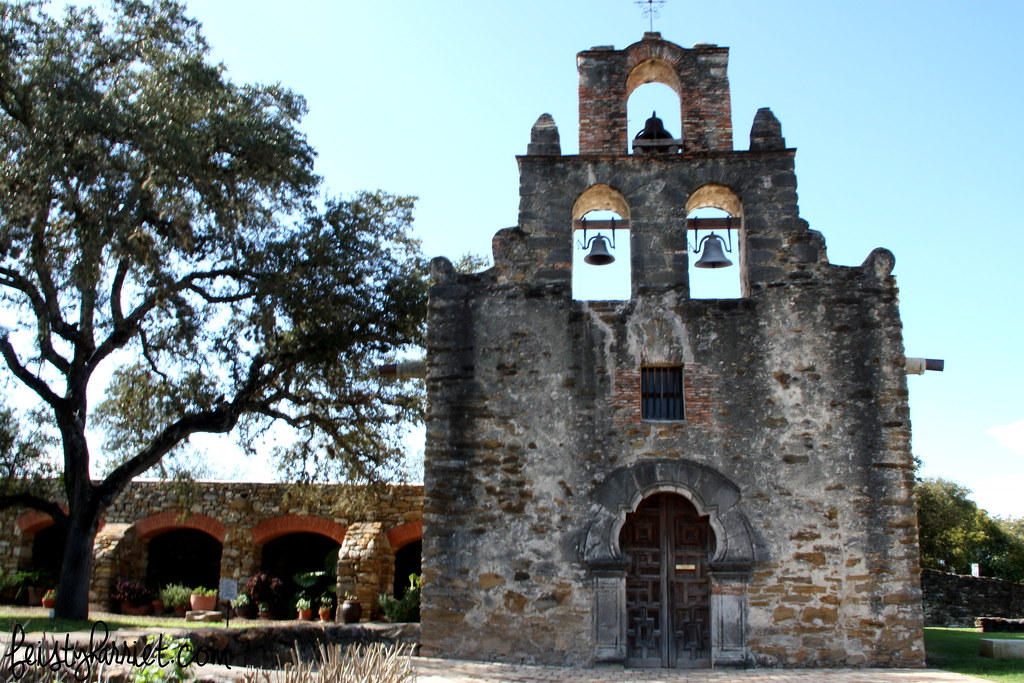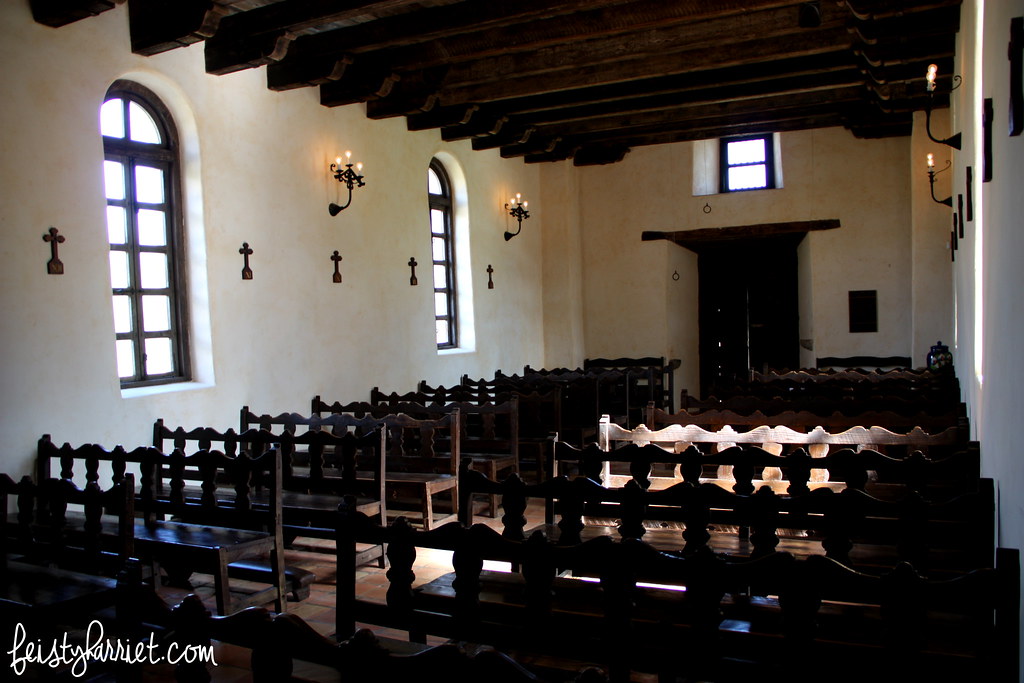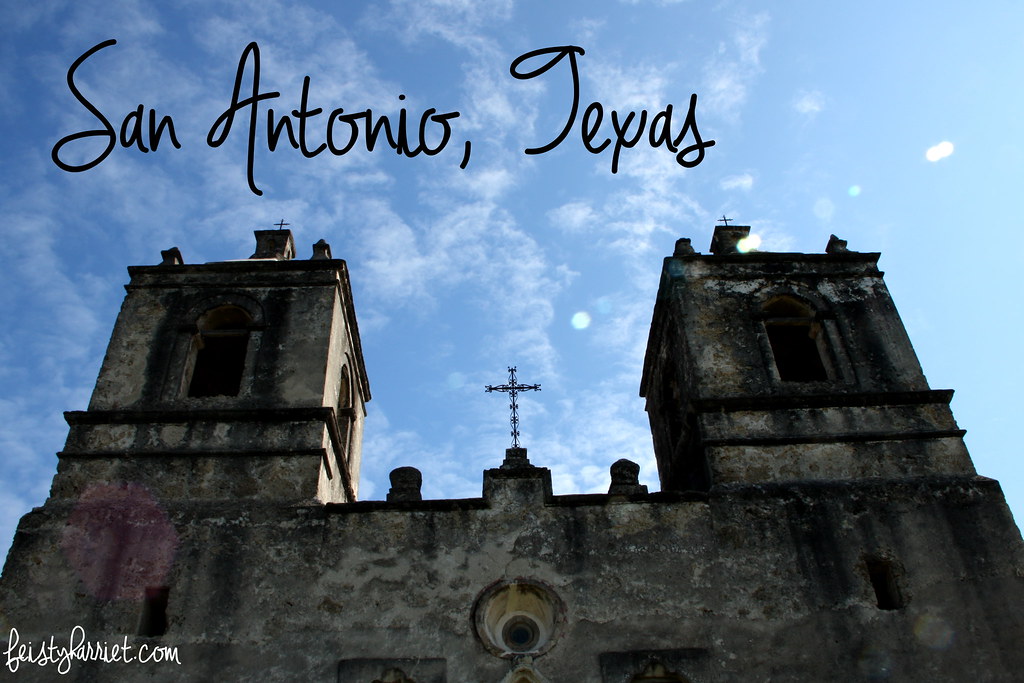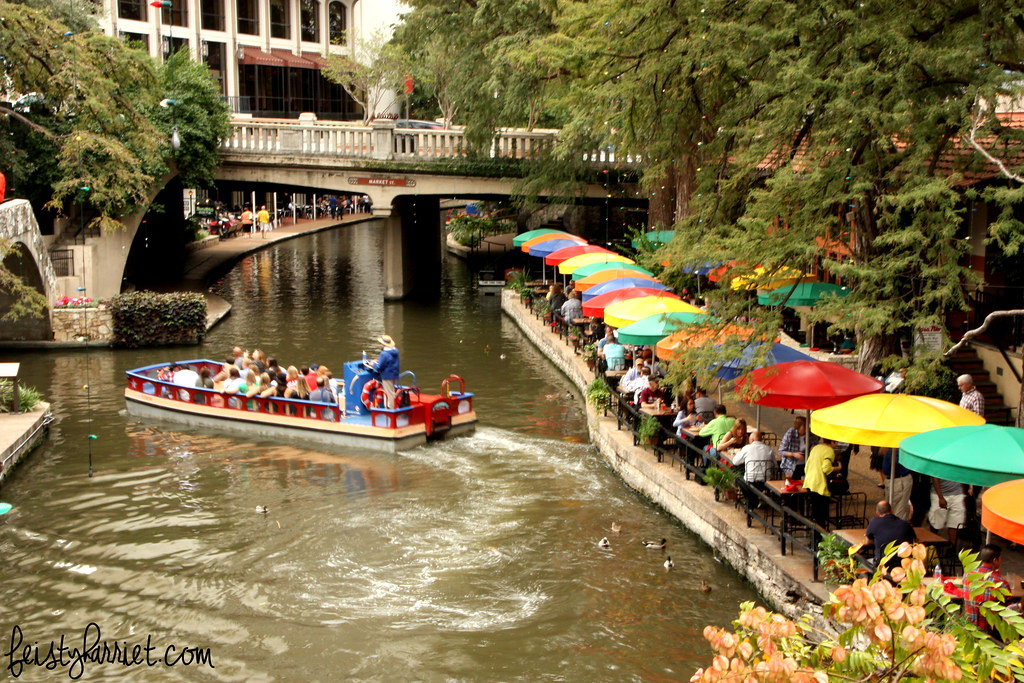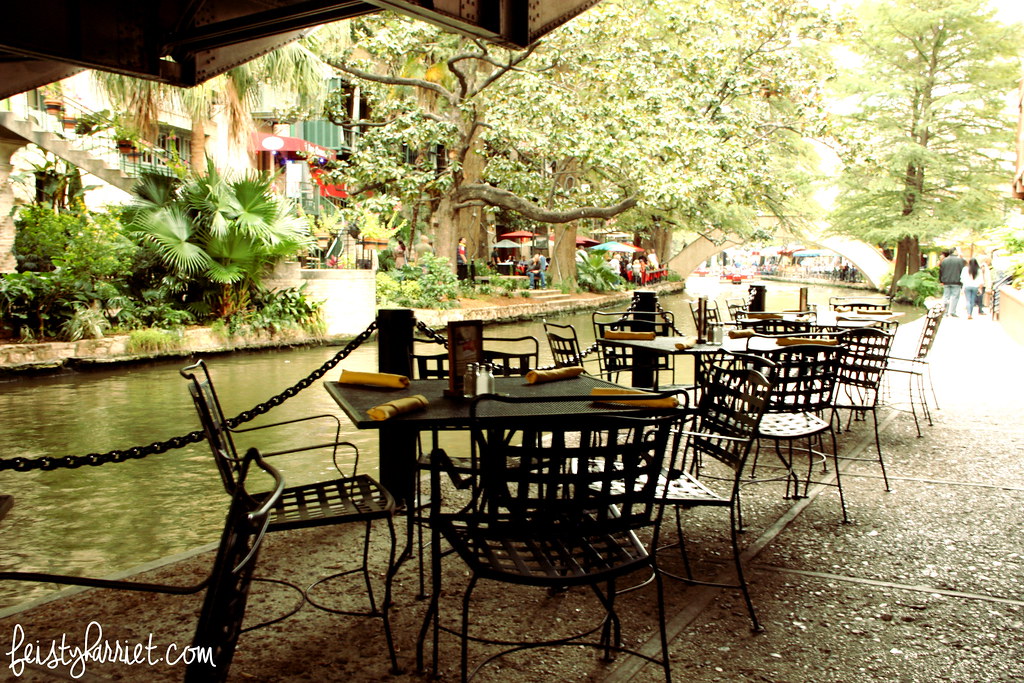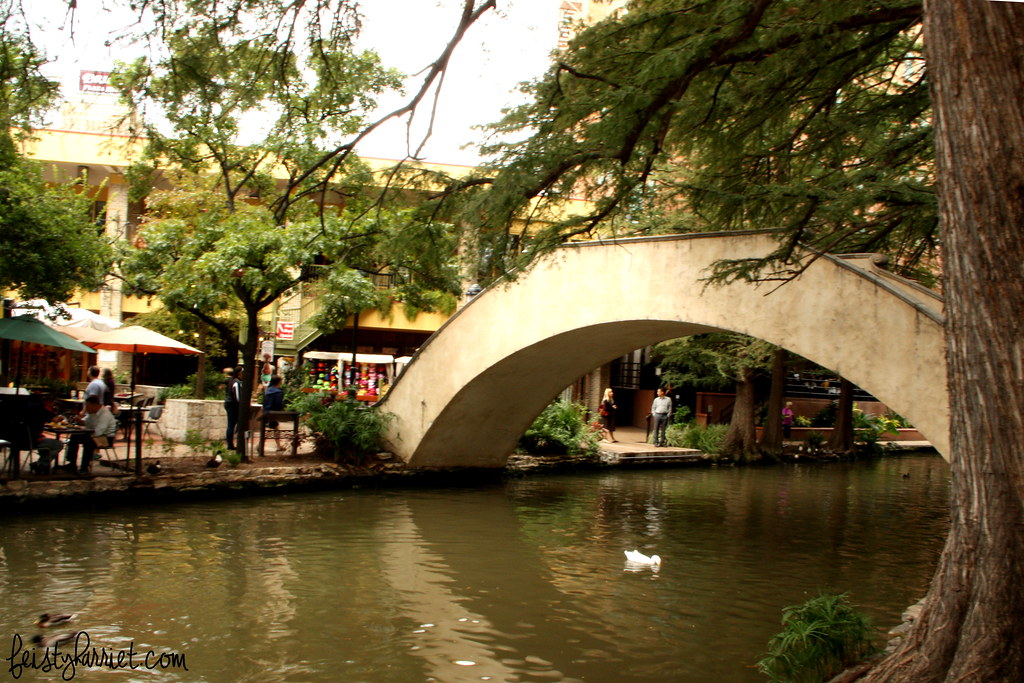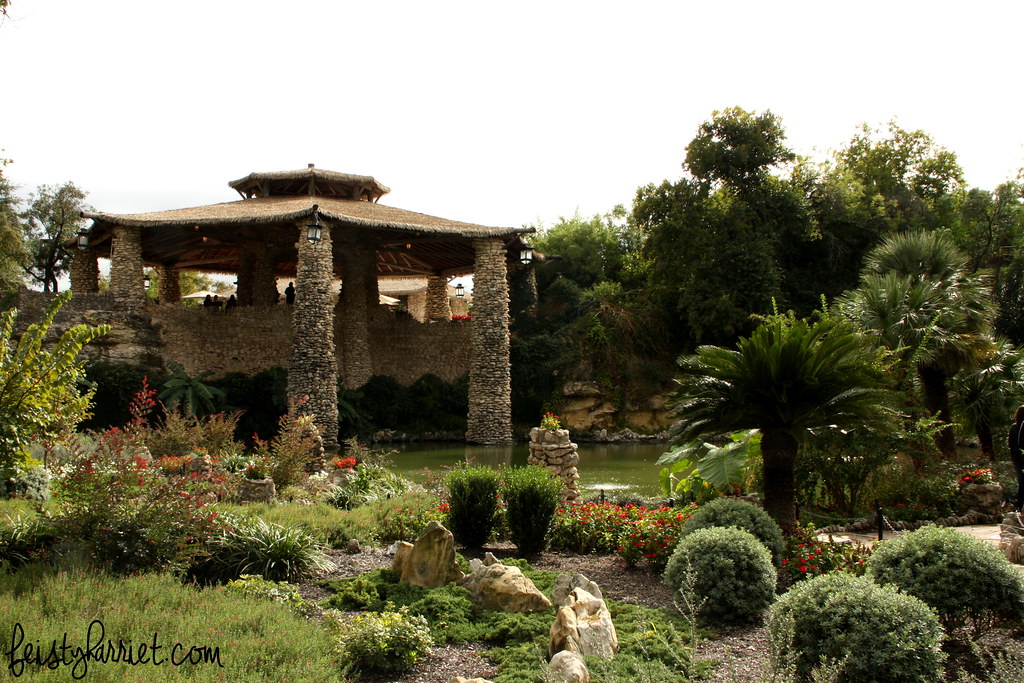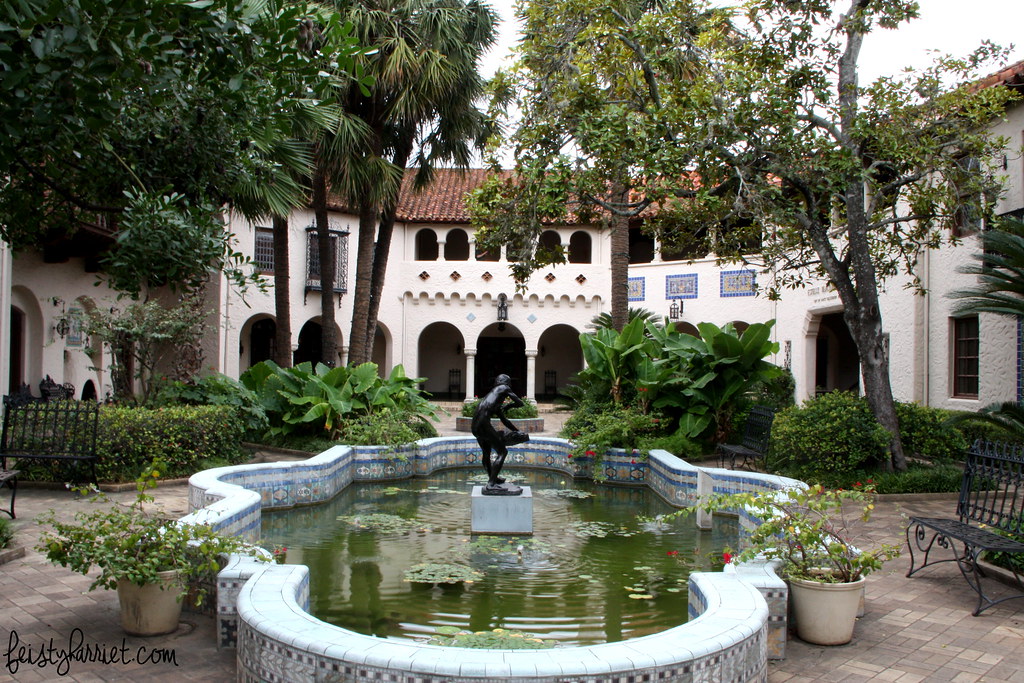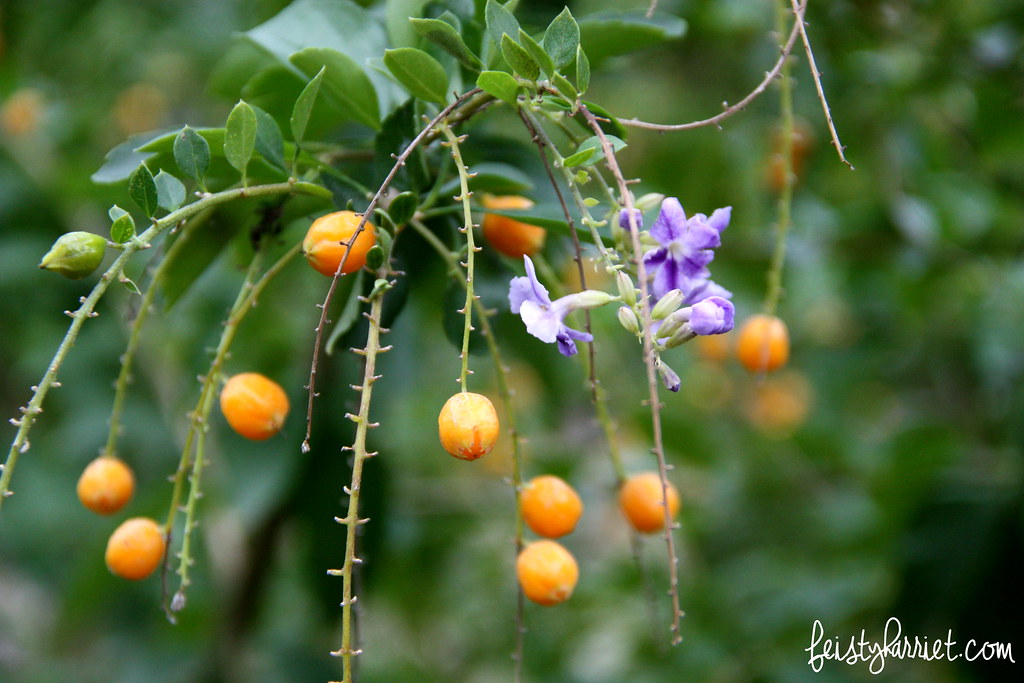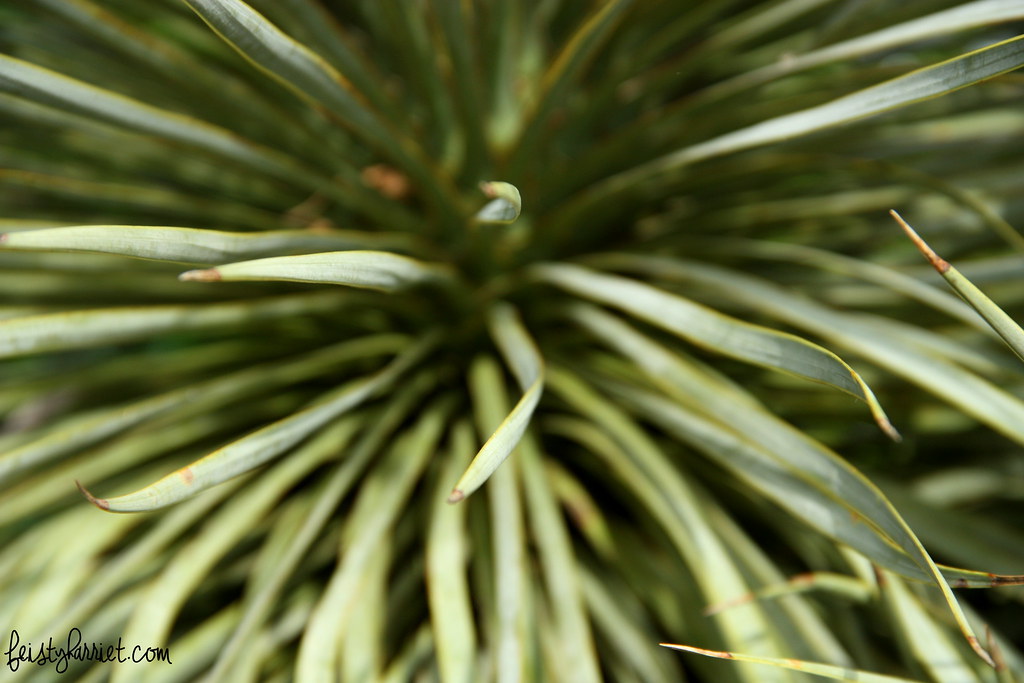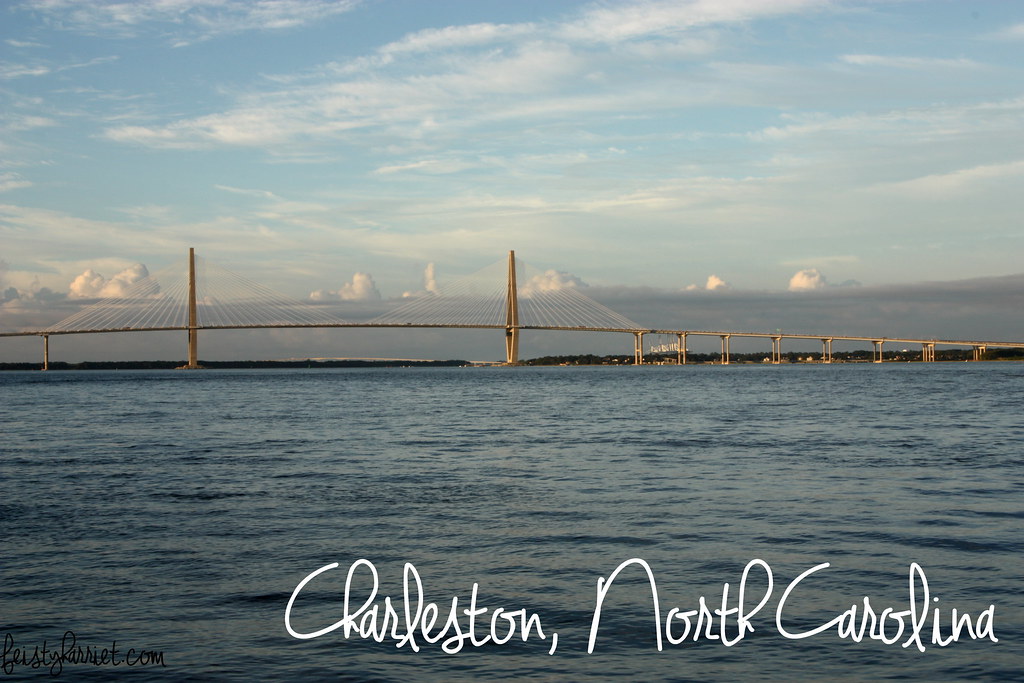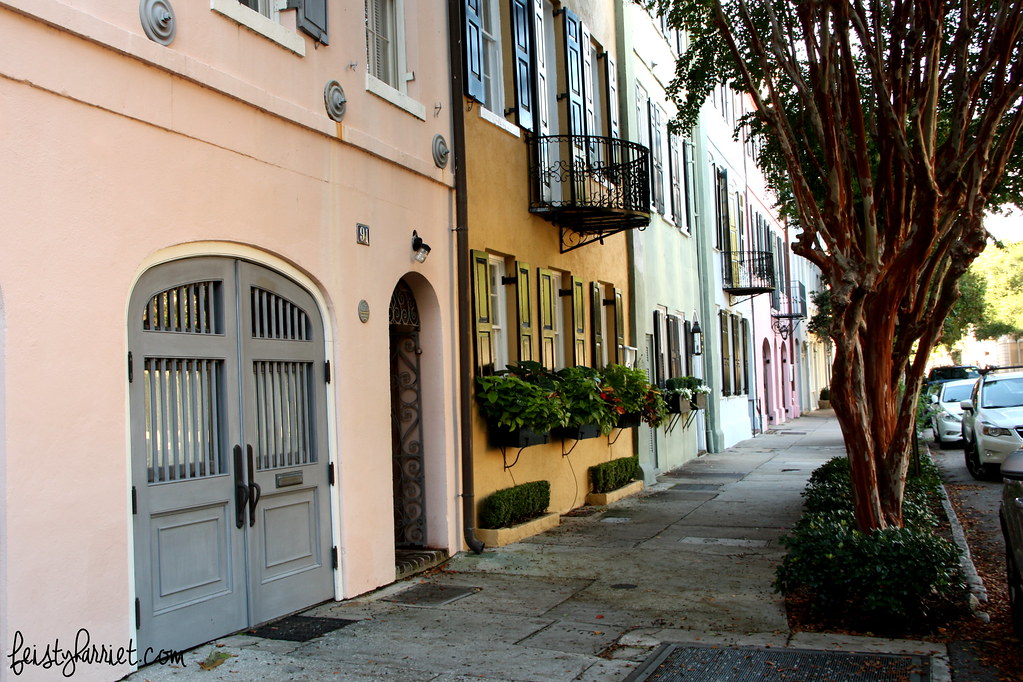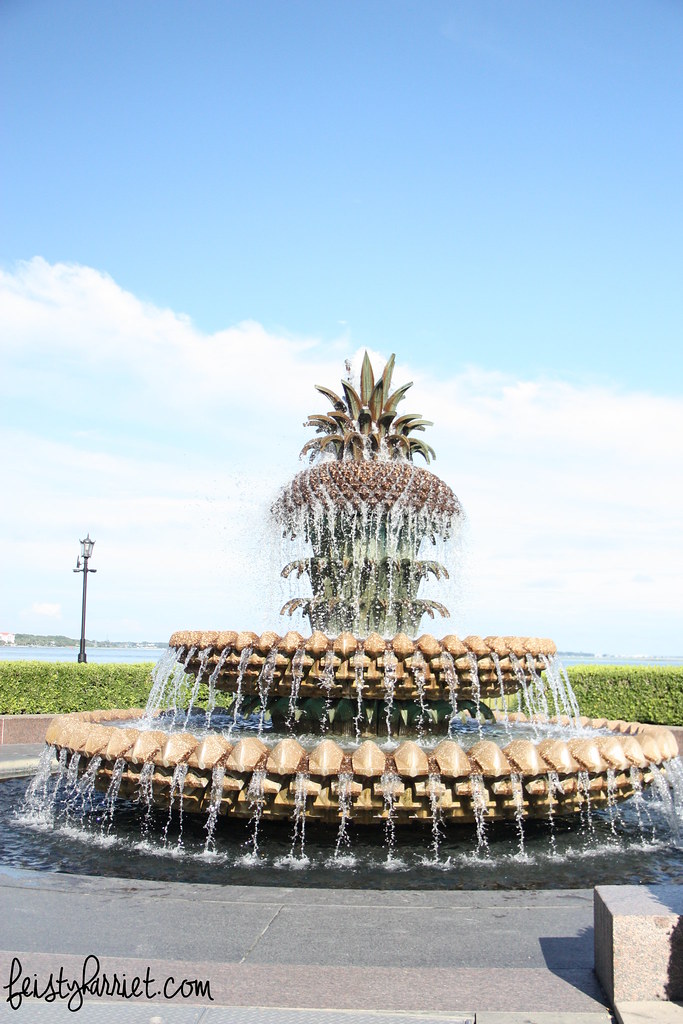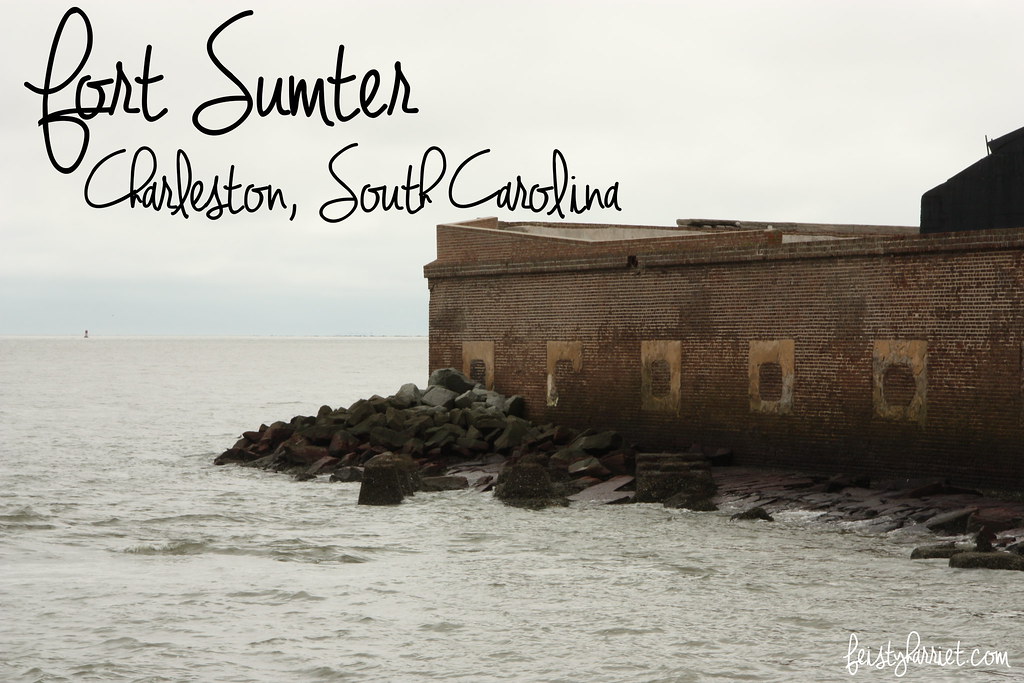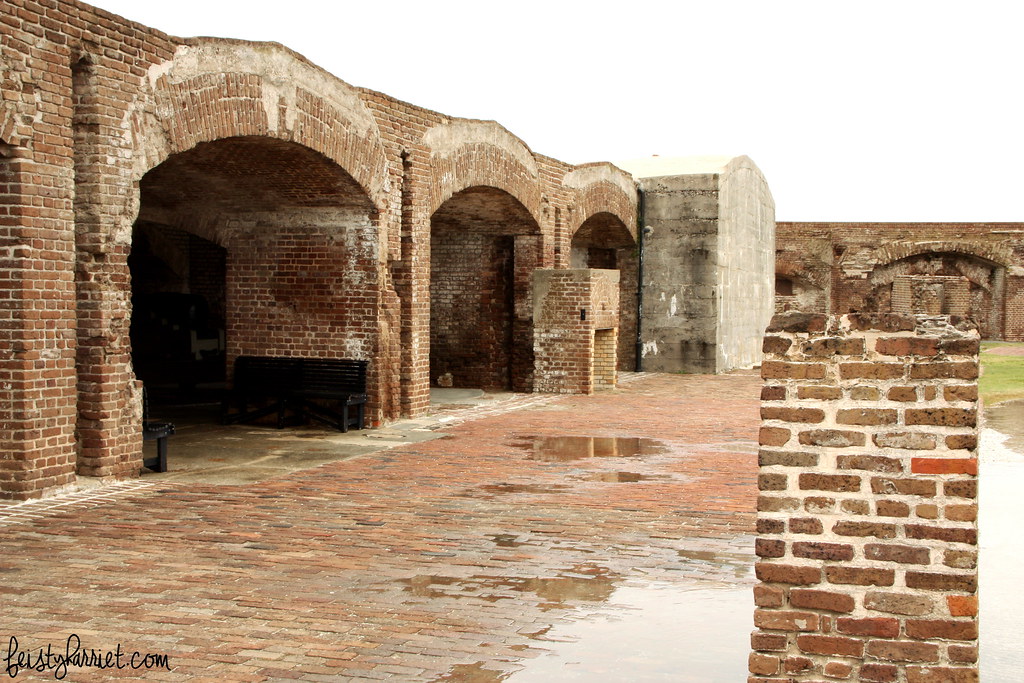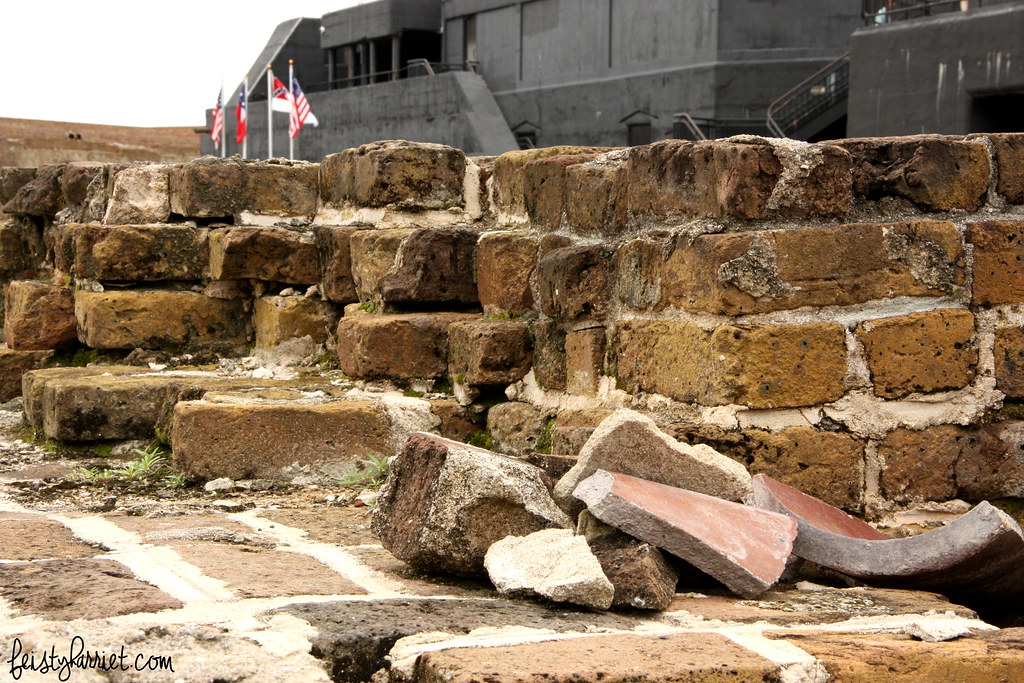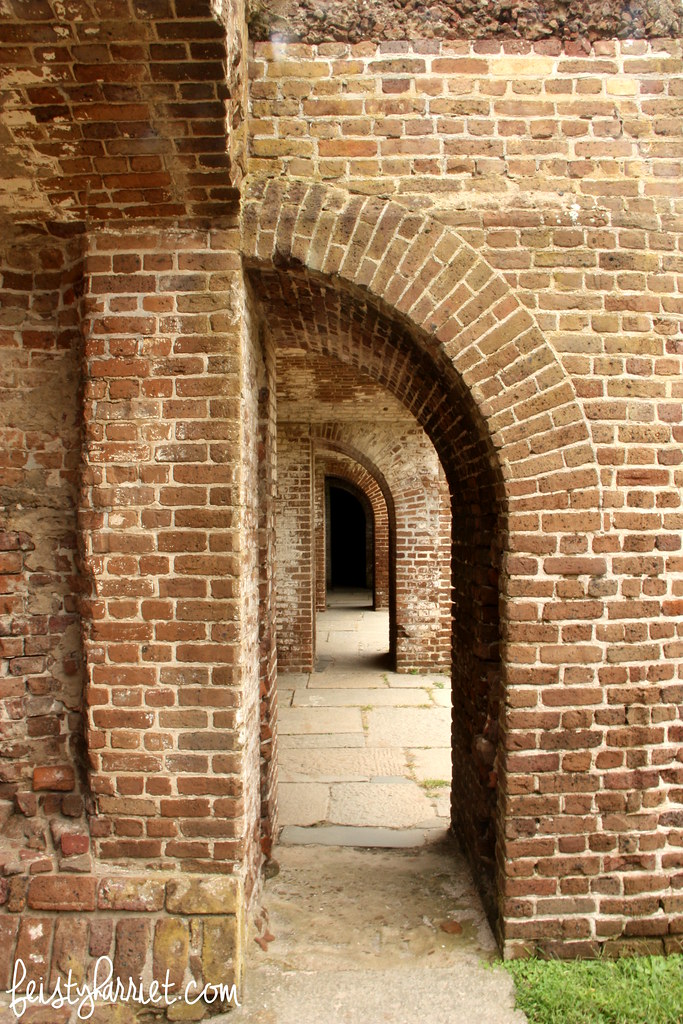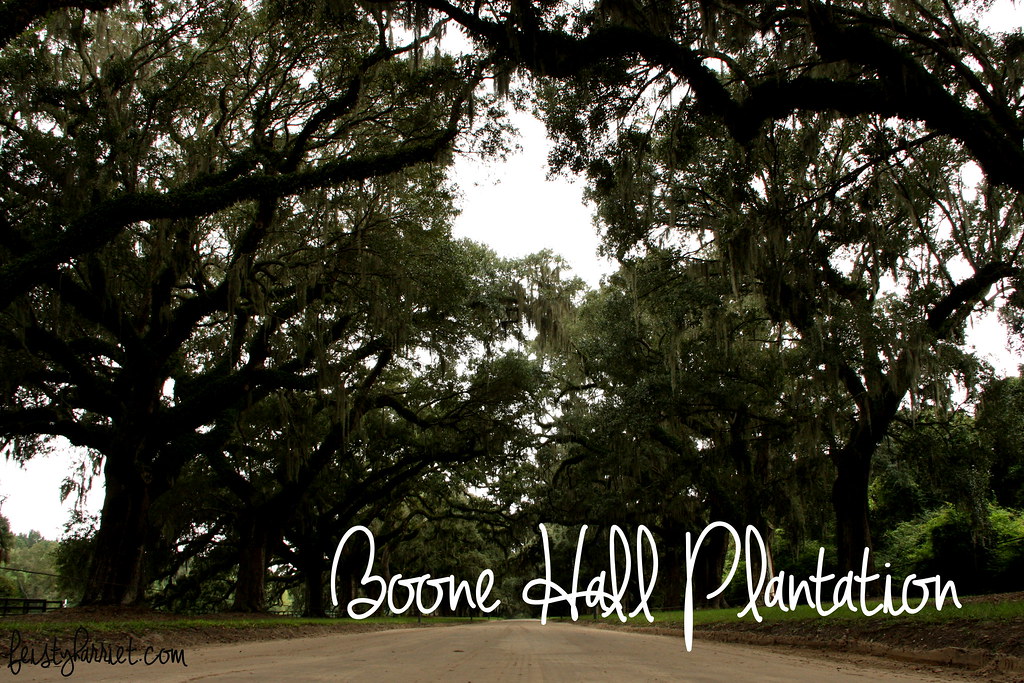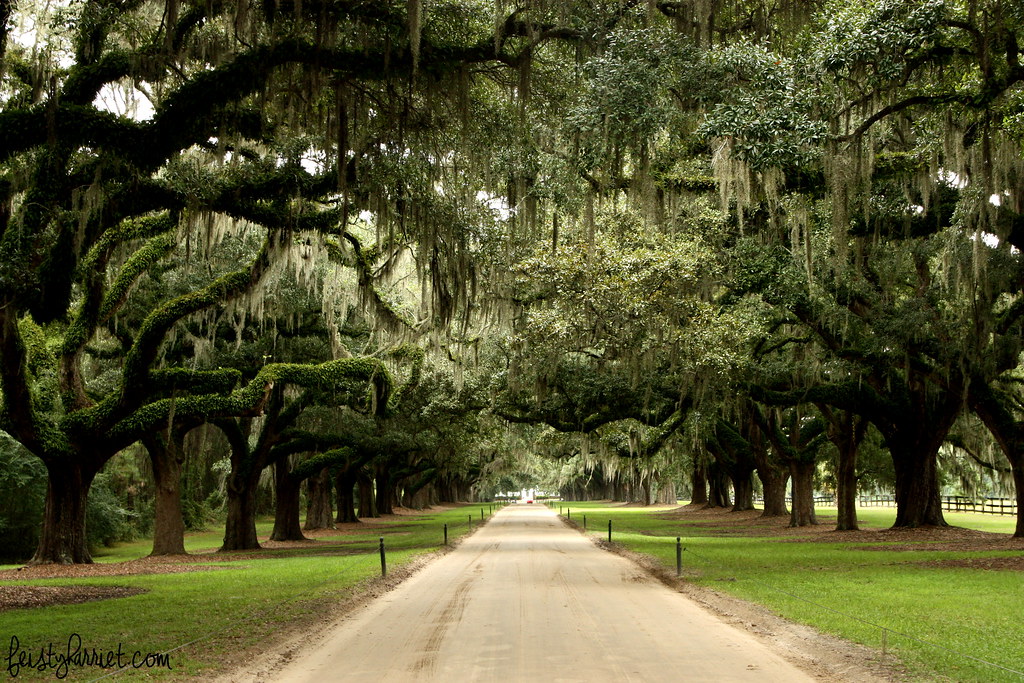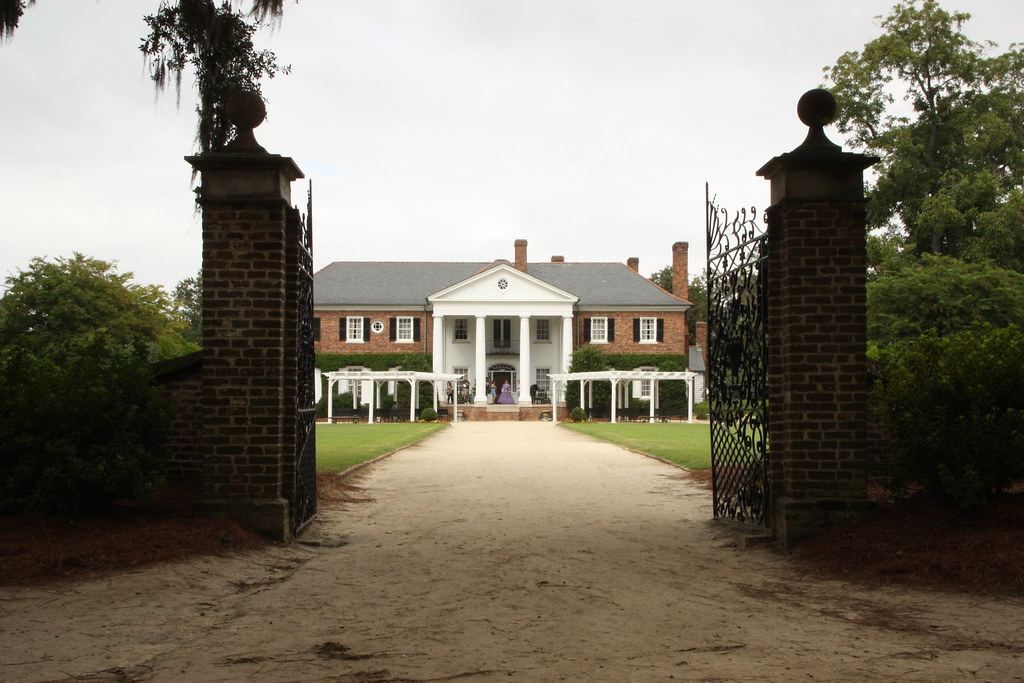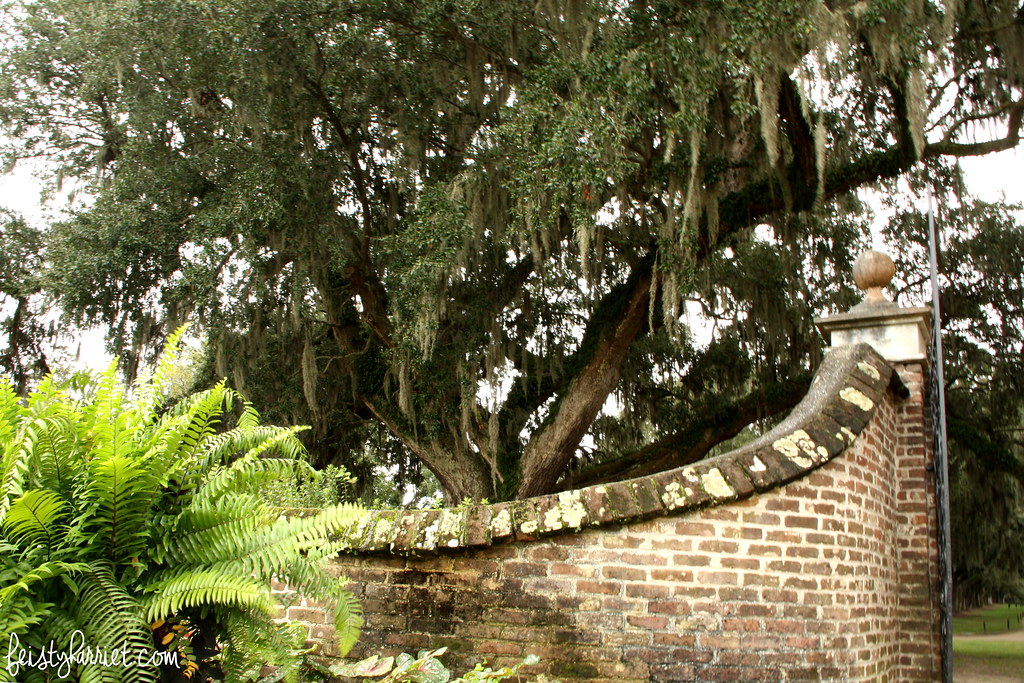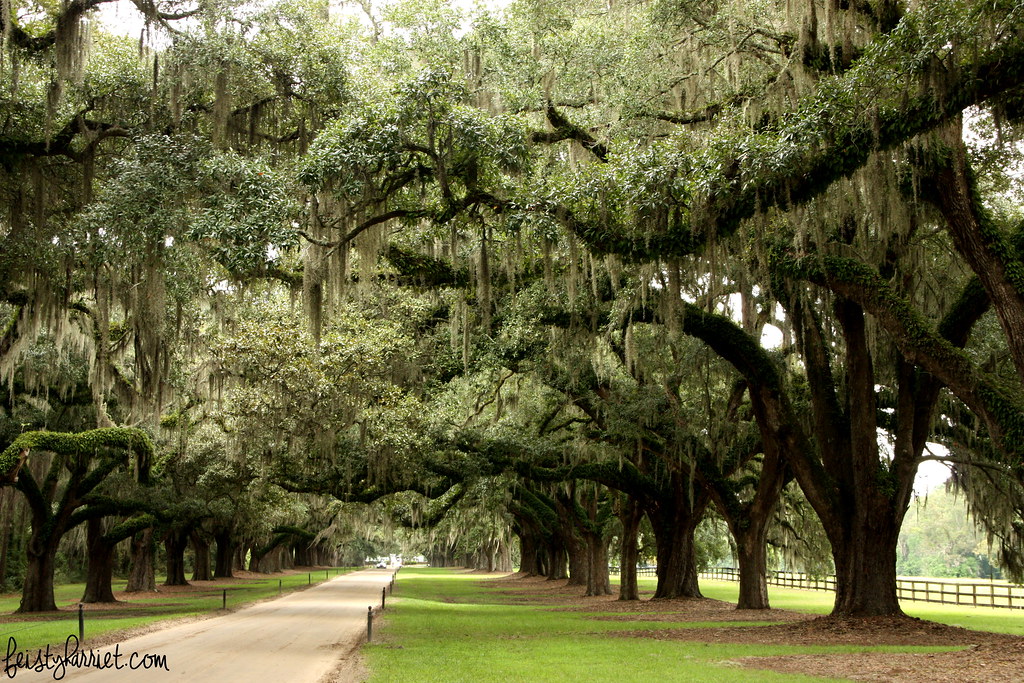The Mission Trail in San Antonio consists of the five early missions that have since been swallowed up by the city. Some of the old churches are in better shape than others, and some were more extensive in the first place. Blue Eyes and I spent a Sunday morning wandering from one to the other, checking out the ruins, peeking in the chapels and standing in awe of the architectural feats accomplished during the 1700’s in the middle-of-nowhere Texas.
The Alamo is one of the original San Antonio missions, it is by far the most famous due to the terrible loss the Texans suffered at the hands of the Imperial Mexican army. (Confession: I actually had no idea that the Texans lost at the Alamo….I hope I can still be friends with those of you from Texas. And, to be fair, you probably didn’t know that Utah was founded by religious refugees running from government-issued extermination orders in the Midwest. So, state history lessons for everyone.)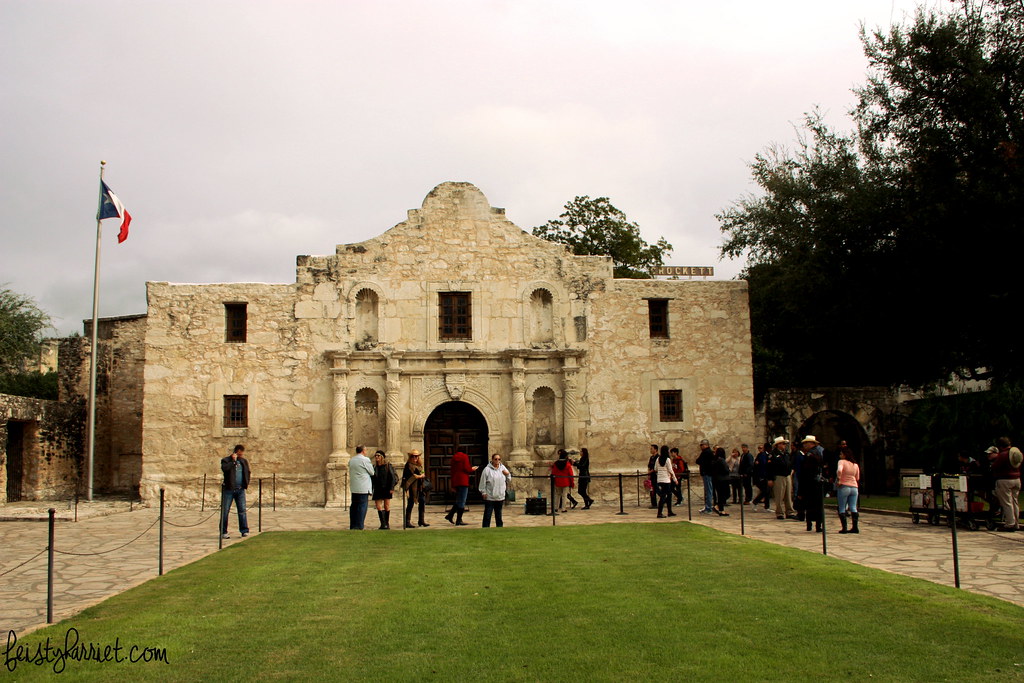
Mission Concepcion
After The Alamo with it’s memorial flowers and altars and hundreds of people milling about, I was surprised that Mission Concepcion was so different. We arrived just as Mass was getting out, and seeing families chatting and kids running around the lawns seemed so…normal. This building in old and weathered, and I was both surprised and delighted that–despite it’s National Monument status–it is also just a regular cathedral for the devout people nearby.
Mission San Jose
Called the “Queen of the Missions” this cathedral was by far my favorite. I think it is the largest, and has these amazing arched extensions around the main church with gardens and flowers all over.
I mean, really. How can you not be totally charmed by this place!?
Mass was happening while we were visiting, so we didn’t poke our heads inside at all, but we wandered around for almost an hour, admiring the stonework and the sheer size of the building, and me patiently(ish) waiting for the crowds to clear a bit so I could get the photos I wanted.
Mission San Juan
Mission San Juan (which I don’t have any photos of), was the simplest building, whitewashed and without much decoration. We poked around the dark little museum and circled the grounds, but services were taking place in the church and we didn’t want to disturb, so off we went to the final mission.
Mission Espada
The oldest of the East Texas missions, the Espada church looks like it’s abandoned, but there is a small monastery and retreat attached where people continue to live, study, and pray. The rest of the grounds are in ruins, with stones and bricks removed for decades for other building projects. Now it’s mostly just the outlines of the walls and foundations.
However, the chapel was empty so we were able to go in and sit for a little while, admiring the faith and dedication of these believers from hundreds of years ago, and to appreciate the service and life-work of the priests and monks who continue to run the missions in San Antonio.


